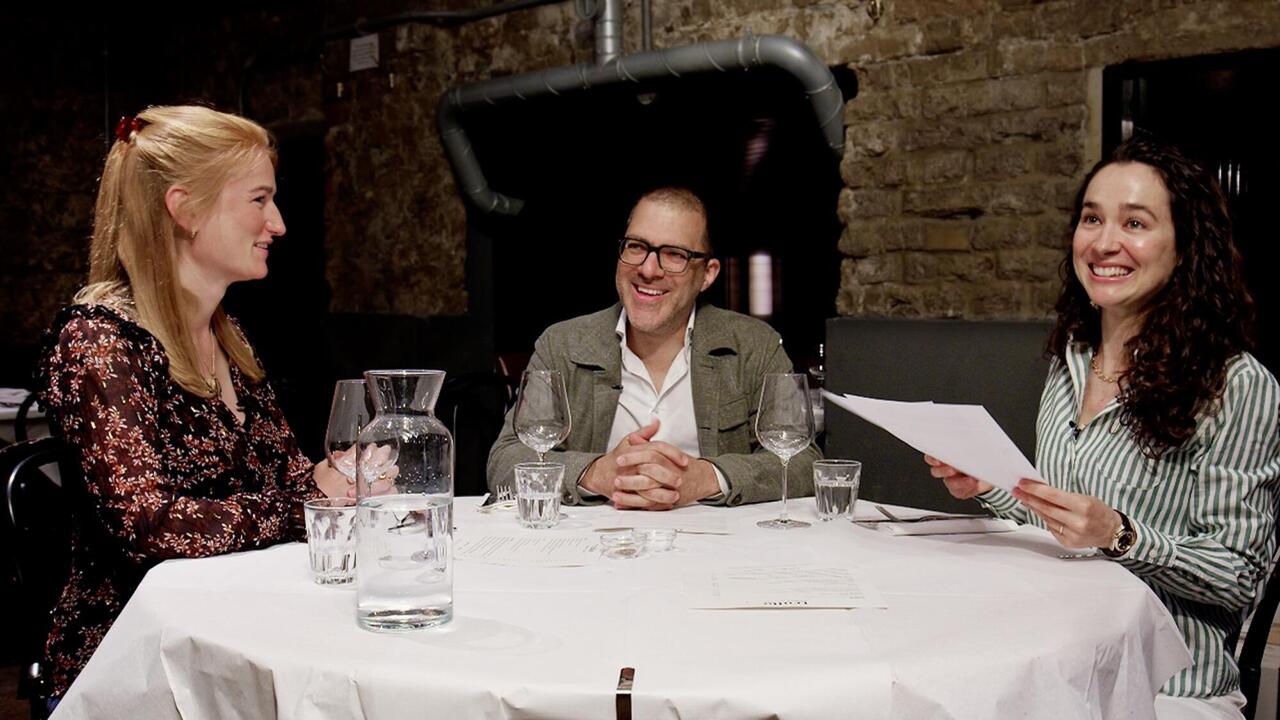Amalia Pica

Can a performance become a sculpture and, if so, is such a transmutation achieved through duration or repetition? How can a body that lives and breathes be replaced by an immobile presence? Such questions lay at the heart of ‘Memorial for Intersections’, Argentinean artist Amalia Pica’s exhibition at Kunsthalle Lissabon. The London-based artist’s first show in Portugal articulated Pica’s ongoing speculations about the subversive potential of Venn diagrams, and took her attempts to socially activate these mathematical representations a step further.
Venn diagrams – which depict elementary set relationships – were banned from primary education during the last dictatorship in Argentina (1976–83), according to the artist, because they illustrated collaborative practices and collective actions. Last year, Pica employed a group of four performers to compose new Venn diagrams using colourful, geometric, flat Perspex forms. These were enacted at the Museo Tamayo in Mexico City and at Herald St in London.
The diagram-building performances at the Museo Tamayo were documented in a series of black and white photographs that became the basis for the project at Kunsthalle Lissabon. Here, alongside two of these images, three large sculptural elements – which result from the artist’s reading of the original photographic documentation – were shown one at a time, for around a month each. This meant that, in order to see the complete exhibition, the viewer needed to pay a monthly visit to the space.
Memorials for Intersections 2, 1 and 4 (2013, presented throughout the months of November, December and January, respectively) comprise minimalst, black metallic structures that include the brightly coloured translucent circles, triangles, rectangles and squares that generate each composition. The structures transform the original human gestures into cold, stylized frames that know no strain or tremor. The temporal and formal unpredictability of the original performances – it was impossible to determine their precise length, or to predict the exact configuration of each new group – becomes a permanent sculpture, or, in the artist’s words, ‘a memorial’. But if most memorials are monuments – that is, embedded in a rich substrata of symbolic references – ‘Memorials for Interse-ctions’ is a delicate and literal tribute to the truisms of algebra and, in particular, to the branch of mathematics that – by observing the characteristics of groups – celebrates touch, union and confluence.
Despite being fixed, the colourful plastic surfaces have a relative mobility: even if they cannot be removed or interchanged, they can be slightly rearranged. This reiterates the transience of the initial impulse, as well as articulating the relationship between gesture, documentation and object. Despite this process, the simplicity and playfulness of each memorial bears a disconcerting plainness that claims direct filiation to the best minimalist and constructivist traditions. The transparent geometrical figures that stand on the large metal frames assume shifting tones throughout the day, an ever-changing structure that reverberates the live acts that originated it.
The memorials can mean many things: they can be the transubstantiation of the hands that hold the shapes; a crystallization of the produced variations; the result of a faulty photographic documentation, or even the distilled remnants of a country’s troubled past. Yet, they remain a solid body of sculptural figures that have a life and a presence of their own, regardless of their stratification. And so it seems that, yes, a performance can indeed become a very good sculpture.
















